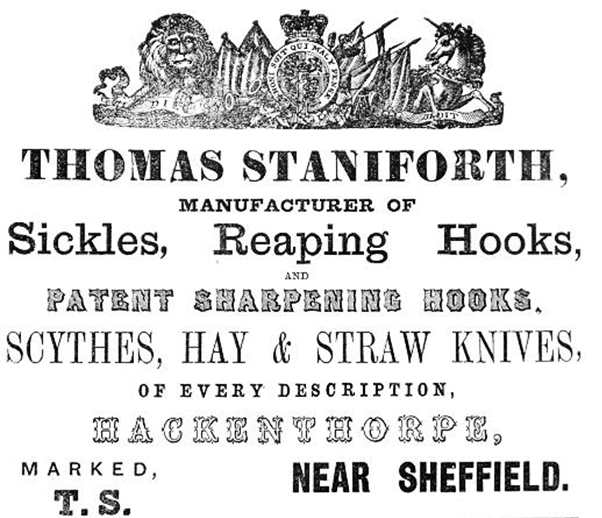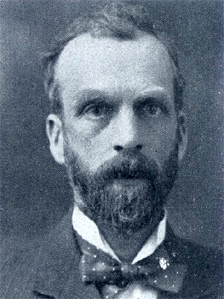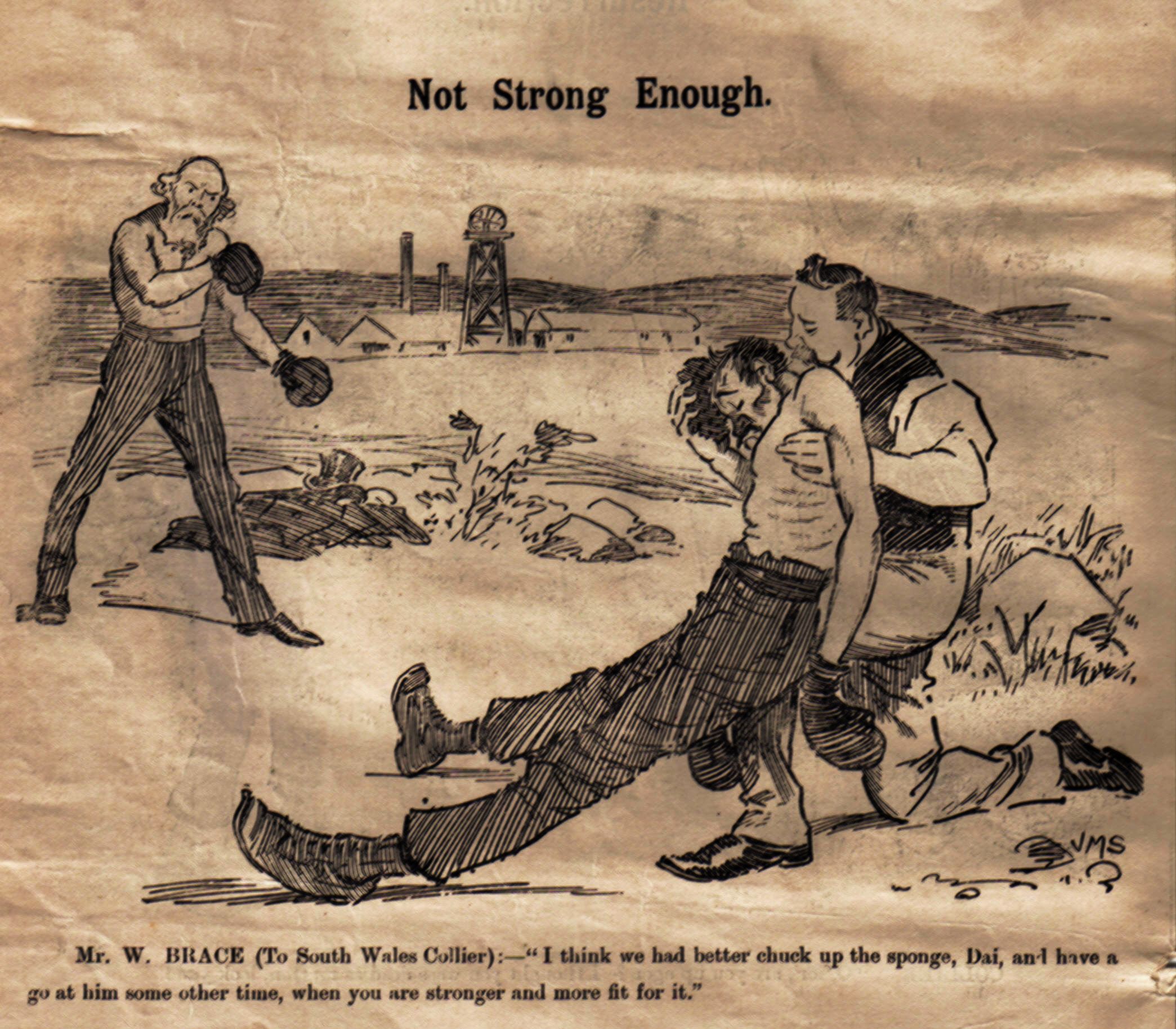
Thomas Staniforth & Co. Sickle works at Hackenthorpe.
 J.M Staniforth
J.M Staniforth
Joseph Morewood Staniforth was born in 1864 in Gloucestershire, England. His father Joseph was a toolmaker originally from Sheffield, and his mother Mary Morewood was from Norton, Derbyshire. Joseph's paternal grandfather was Joseph Staniforth from Hackenthorpe, the son of Samuel Staniforth and Martha Farnsworth.
He was known for his Welsh editorial cartoons that appeared in various newspapers including the News of the World, Evening Express and the Western Mail. He was considered to be very influential in Wales, and was even described as '...the most important visual commentator on Welsh affairs ever to work in the country'.
On the 1871 Census Joseph is living with his family in Cardiff, along with his parents he has a three brothers, Charles and George, both born in Sheffield and Arthur born in Cardiff. By 1881 Joseph is the only son living with his parents, by this stage he is 17 years old and working as a Painters Apprentice.
After moving to Cardiff in 1870, he left school at age 15 so that he could pursue a career in lithographic printing, he also worked as an art reviewer. He studied at the Cardiff School of Art. He originally worked with paint, but later moved from brushes to inks where he gained attention for his caricatures and cartoons.
In 1889 he began publishing cartoons after Henry Lascelles Carr, the Western Mail's editor spotted his work.
In 1891 he married Emily Chidgey, a woman from Somerset.
 Western Mail Cartoon by Staniforth from 8 June 1898 during the Welsh coal strike
Western Mail Cartoon by Staniforth from 8 June 1898 during the Welsh coal strike
By 1901, Joseph is working as a Newspaper artist living with his wife Emily at Station Road, Cardiff, and in 1911 he is recorded simply as 'Black and white artist'
His cartoons are mainly political in nature, depicting the social unrest that existed in Wales from 1890 through to the First World War.
In 1911 he was commissioned by the Chancellor of the exchequer, David Lloyd George to create a piece of artwork to commemorate the investiture of Prince Edward at Caernarton Castle. David Lloyd George kept this piece of artwork hung in his study.
One of his most famous creations was the Welsh embodiment 'Dame Wales' which is still used today as a Welsh national symbol, similar to Britannia.
Joseph passed away on the 21st December 1921 in Barnstaple, Devon.